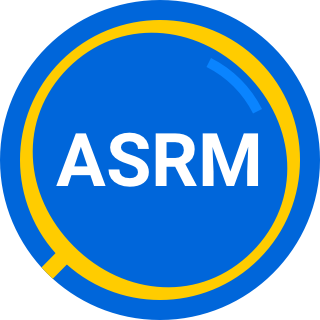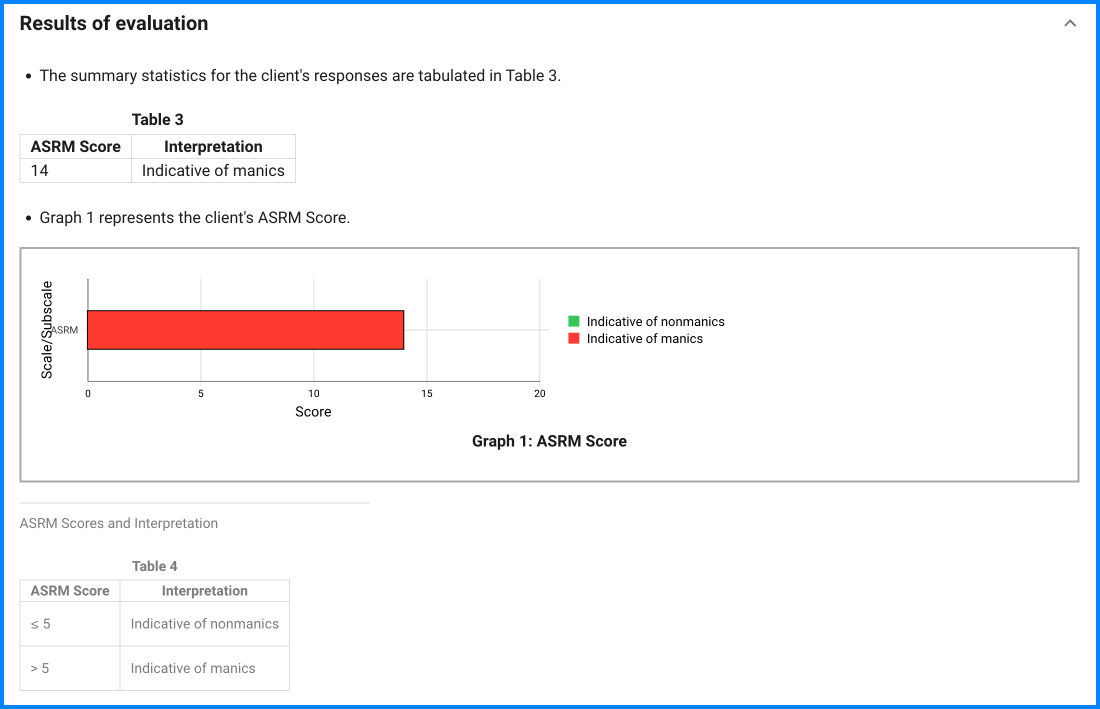Since the questionnaire relies on client self-report, all responses should be verified by the clinician, and a definitive diagnosis is made on clinical grounds taking into account how well the client understood the questionnaire, as well as other relevant information from the client.
The Altman Self-Rating Mania Scale (ASRM) is a reliable and valid patient self-rating mania scale. It has good test-retest reliability on a sample of depressed and manic patients; it can assess the severity of manic symptoms in patients with mania; and it is sensitive to change or improvement following treatment.
Results show the ASRM to be a useful self-rating scale for assessing the presence and severity of symptoms for most mild and many moderately disturbed manic patients. In clinical settings where time is short or staff limited, the ASRM may be useful as a screening instrument to facilitate diagnosis or to help identify individuals needing treatment or medication adjustment. For research purposes, the ASRM may be used as a measure of severity to aid in the evaluation of treatment response. In managed care settings, the ASRM may be useful as a psychoeducational tool to help patients recognize and monitor their own symptoms, and/or to serve as a subjective measure of patient improvement. Despite having good sensitivity and specificity, the ASRM should not be used solely to diagnose bipolar disorder. Also, the ASRM would not be suitable for assessing mixed states, unless another self-rating depression scale is added.
It is reasonable to conclude that most patients with severe symptomatology, whether manic or nonmanic, are unable to participate reliably in measures of self-assessment. Most self-rating scales, including the ASRM, would not be useful for such patients and would most probably not yield reliable and valid results. The ASRM would also not be appropriate for illiterate patients, in which case a self-rating analogue scale might be more useful.




